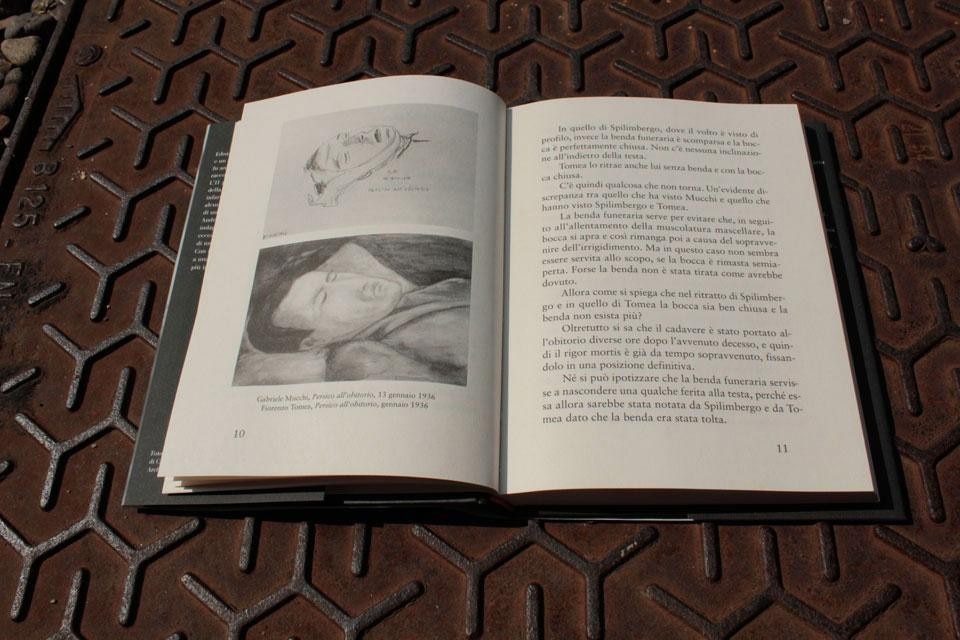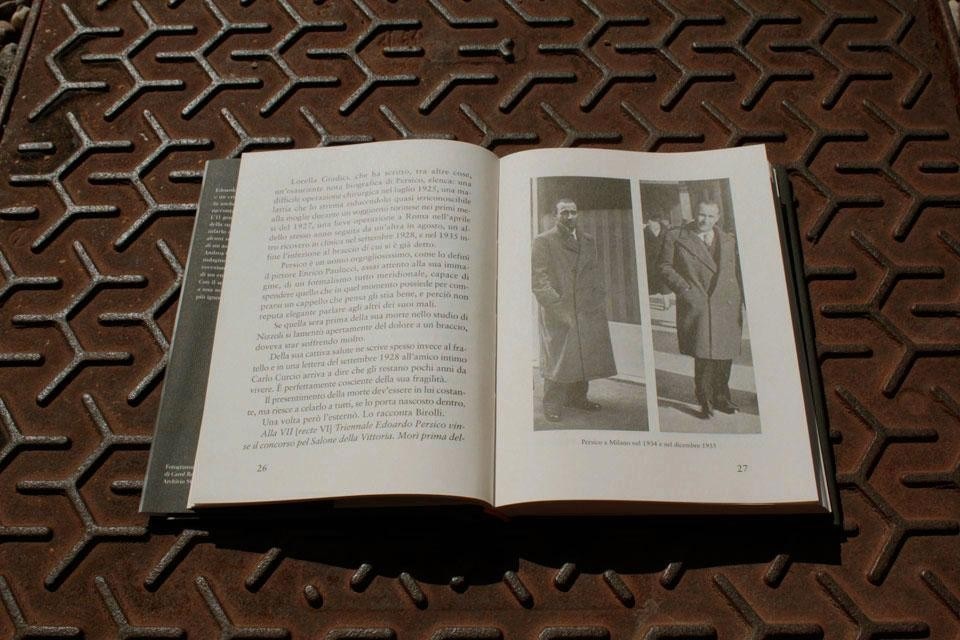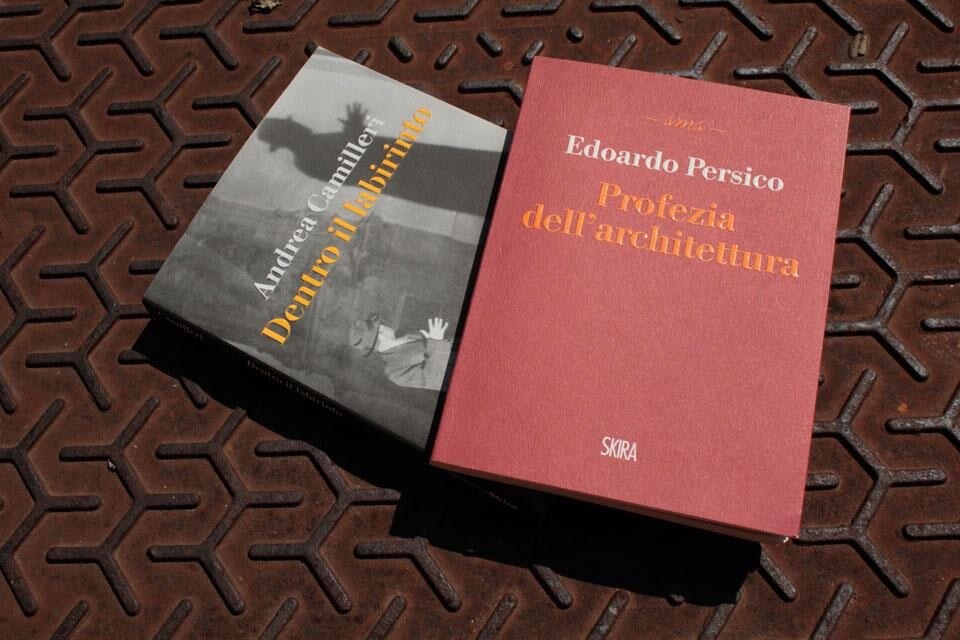Edoardo Persico, Profezia dell'architettura, Skira, Milan, 2012, 64 pp.
There's nothing new about a writer being drawn to Edoardo Persico. Elio Vittorini and Leonardo Sciascia, for example, had already focused on him, as stated in the bibliography of Andrea Camilleri's latest book. Persico started out as a writer before becoming a publisher, journalist, gallery owner and, finally, an architect, but Camilleri's interest in him remains within the confines of crime fiction. This genre has dominated the last two decades of Italian literature, and Camilleri, with his Inspector Montalbano, has been its best-known voice.
Detective novels have always had a fascination with the world of urban design and architecture, and together with similar genres that have also shared this interest, they have helped to create a vast field that has turned judicial investigation into a stylistic tool with which to interpret and narrate crucial and unresolved episodes of recent history. This field covers both Carlo Lucarelli's reconstructions of famous crime cases as well as episodes of exposé or "narrative theatre" driven by figures such as Gabriele Vacis and Marco Paolini, and it has been so hugely influential that it even appeared in the Design Dance event that opened Milan's Salone del Mobile. Raising its head at the opposite end of this field is the front of the provocative "against architecture" pamphlets (to quote Franco La Cecla's successful text, recently translated into Japanese) that filled bookshops in the same period.
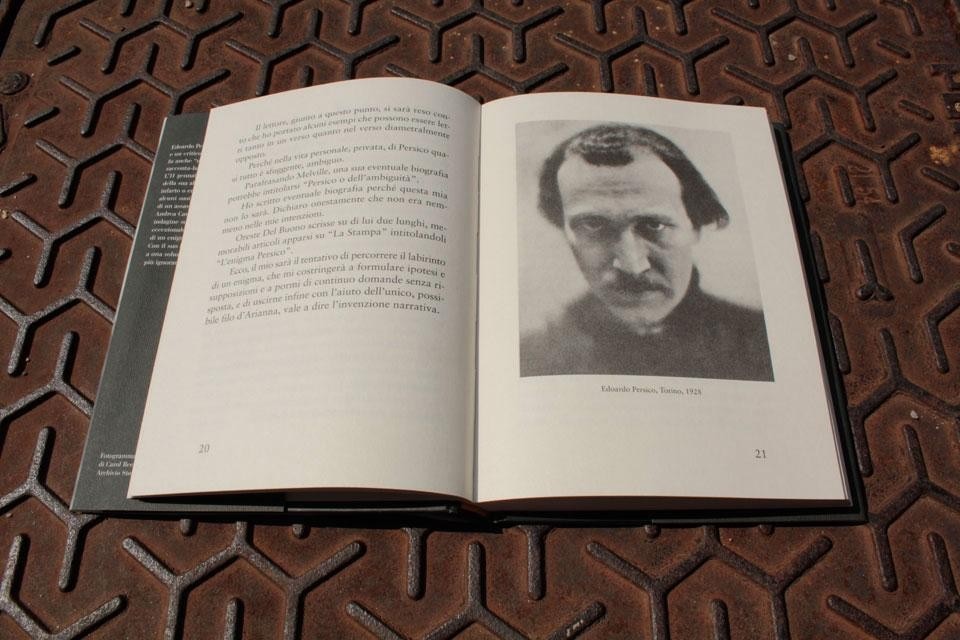
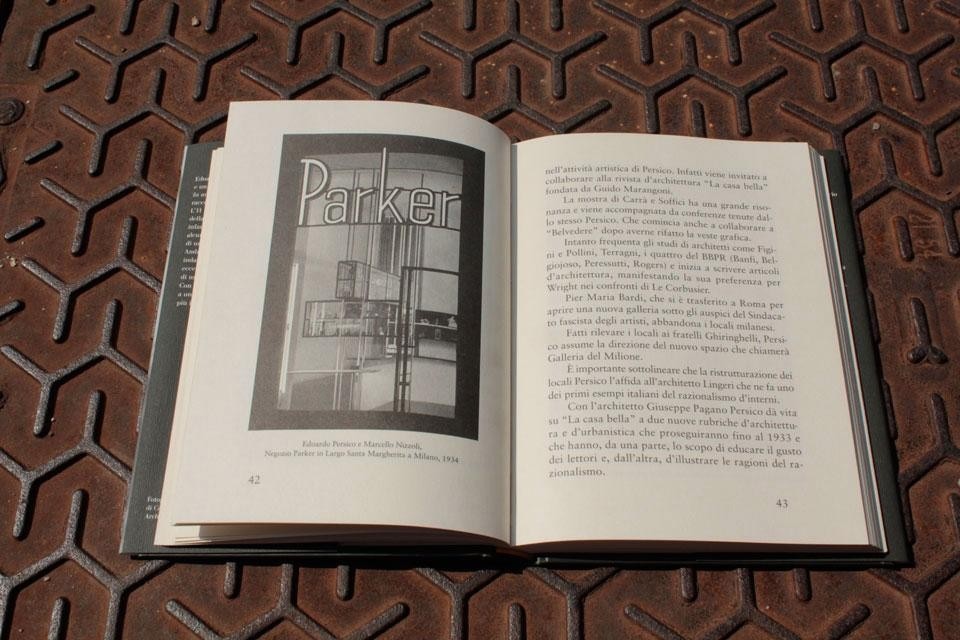
Camilleri's story is thrilling because it is not built on facts drawn from glossy magazines, but rather on academic readings pondered with a detective's mind
